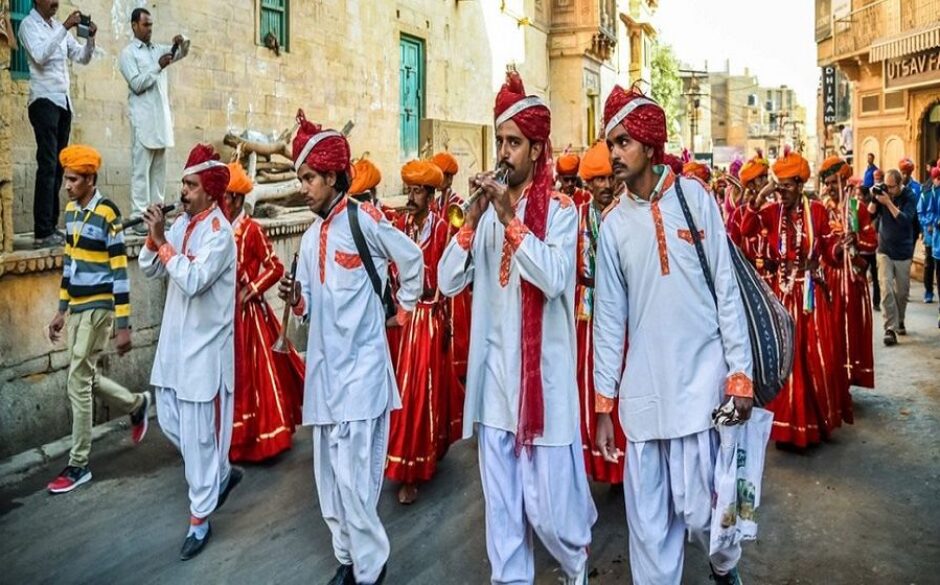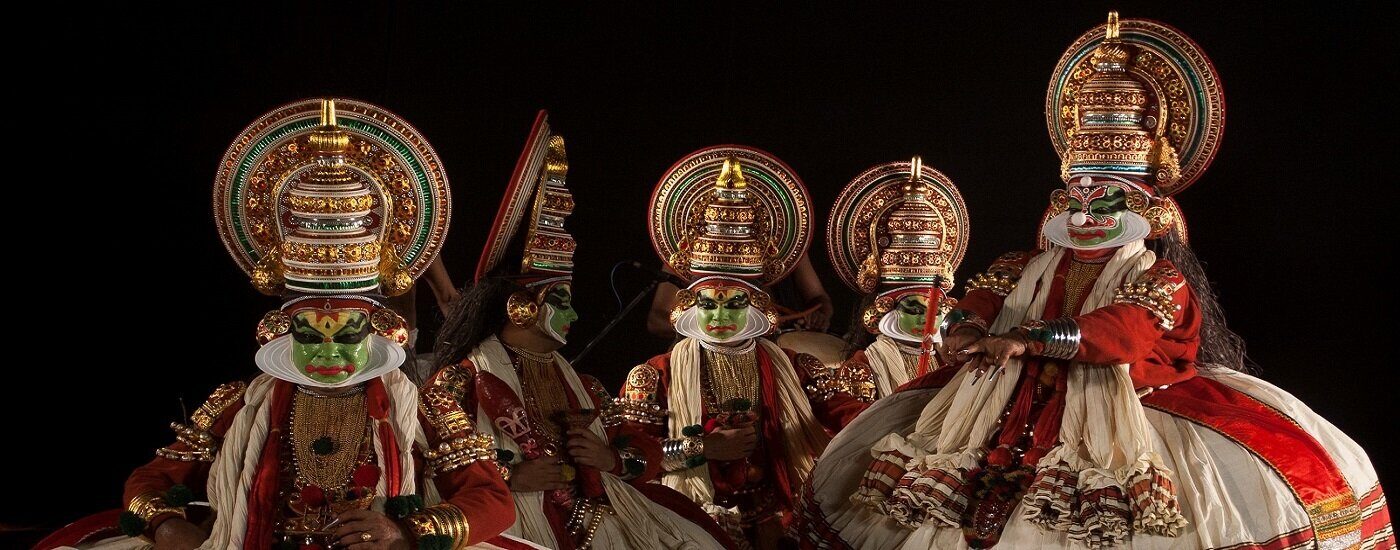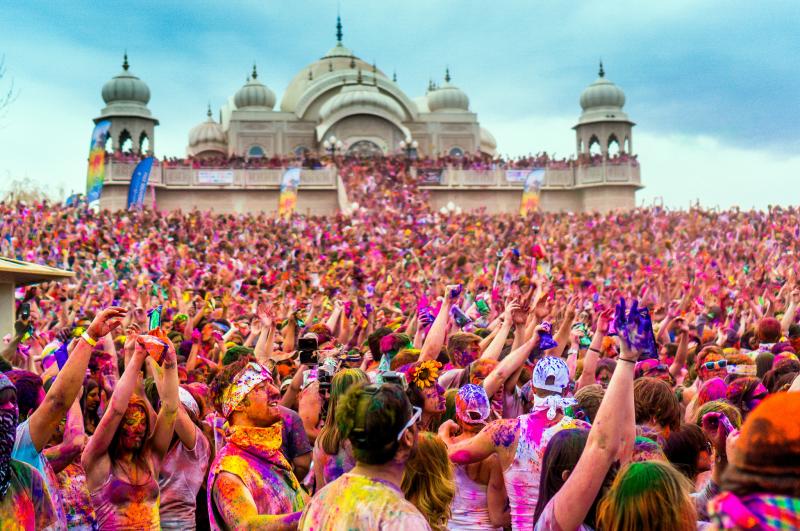What defines the vibrant tapestry of India? More than just geographical boundaries, India is a nation woven together by a rich heritage of traditions, customs, and values that have evolved over millennia, creating a unique cultural identity that resonates globally.
The essence of Indian culture lies in its astonishing diversity. Throughout its long history, the Indian subcontinent has been a melting pot of ideas, beliefs, and practices, absorbing and amalgamating influences from various civilizations, invaders, and indigenous communities. This rich interplay has given rise to a complex and multifaceted culture, characterized by its enduring traditions, vibrant art forms, and profound spiritual depth.
One of the most remarkable aspects of Indian culture is its strong emphasis on family. The extended family system is a cornerstone of Indian society, where family bonds are paramount. Respect for elders is deeply ingrained, with elders often taking on significant roles in family decision-making. Family support is highly valued, and individuals typically feel a strong sense of duty and loyalty to their family unit. This sense of togetherness extends beyond the immediate family, encompassing a wider network of relatives who provide emotional, financial, and social support.
Many Indian traditions are rooted in ancient spiritual practices. Yoga and meditation, for instance, are integral parts of Indian culture, helping individuals connect with their inner selves and achieve spiritual growth. These practices are not merely physical exercises but are considered pathways to self-realization and inner peace. Indian spirituality encompasses a wide range of philosophical schools, including Hinduism, Buddhism, Jainism, and Sikhism, each with its unique set of beliefs, rituals, and ethical principles. These spiritual traditions have profoundly shaped Indian art, literature, music, and dance.
The arts in India are not just forms of expression but are integral to religious and cultural ceremonies. Traditional Indian music, with its intricate melodies and rhythms, has been a central part of religious worship and festive celebrations for centuries. The sitar, a stringed instrument similar to a guitar, holds a special place in Indian music, offering a melodic and profound sound. Indian dance forms, from the graceful movements of Bharatanatyam to the energetic rhythms of Bhangra, have evolved over time and are often used to narrate stories from epics, myths, and folklore. These art forms are not only sources of entertainment but also powerful means of preserving and transmitting cultural knowledge.
Festivals are the lifeblood of Indian culture, celebrating a diverse array of events, deities, and seasons. Diwali, the festival of lights, symbolizes the victory of good over evil and is celebrated with vibrant displays of lights, fireworks, and festive meals. Holi, the festival of colors, is a joyful celebration of spring, during which people playfully throw colored powder at each other. Nag Panchami, a festival of serpent worship, is an important event in India, where people offer prayers and perform rituals to appease snakes, recognizing their importance in Indian mythology and folklore. These festivals provide opportunities for communities to come together, reinforce social bonds, and celebrate their shared cultural identity.
India's culinary traditions are as diverse and vibrant as its culture. Indian cuisine is known for its use of aromatic spices, fresh ingredients, and regional variations. Every state boasts a distinctive culinary style, from the rich curries of the north to the spicy seafood dishes of the south. Food plays a vital role in religious practices, social gatherings, and celebrations, serving as a symbol of hospitality, togetherness, and cultural identity.
Traditional Indian sports play an essential role in the cultural identity of India. They often bring people of different communities together, fostering camaraderie and improving their way of life. Some of the well-known traditional sports in India include:
- Mallakhamb
- Silambam
- Jallikattu
- Vallam Kali (Snake Boat Race)
- Kabaddi
- Pehelwani (Wrestling)
- Kalari Payattu and Thang Ta (Traditional Martial Arts)
In essence, Indian traditions are living legacies that continue to evolve and adapt to the changing times. They represent the accumulated wisdom, artistic expressions, and spiritual insights of generations. By embracing these traditions, India preserves its cultural heritage, connects with its past, and paves the way for a bright future.
| Aspect | Details |
|---|---|
| Family Structure | Strong emphasis on the extended family system, with a focus on family bonds, respect for elders, and family support. |
| Spiritual Practices | Yoga and meditation are integral parts of Indian culture, assisting individuals to connect with their inner selves and attain spiritual growth. |
| Art and Music | Traditional Indian music, including instruments like the sitar, and diverse dance forms are essential to religious and cultural ceremonies. These arts are also means of transmitting cultural knowledge. |
| Festivals | Festivals like Diwali, Holi, and Nag Panchami are celebrations that reinforce social bonds and celebrate cultural identity. |
| Cuisine | Rich and diverse, with a broad array of spices, ingredients, and regional variations that play a vital role in celebrations and social gatherings. |
| Traditional Sports | Sports like Mallakhamb, Silambam, Jallikattu, Vallam Kali, Kabaddi, Pehelwani, and traditional martial arts, which serve as icons of Indian culture and promote community bonding. |
| Cultural Values | Respect for elders, duty and loyalty to the family unit, and support within the extended family are some of the cherished values. |
The preservation and celebration of these diverse aspects of Indian culture help define the nation and its people, contributing to its unique place in the world.
Native Americans, also known as American Indians and Indigenous Americans, are the original inhabitants of the United States. Their history dates back thousands of years, and their cultures are incredibly diverse, encompassing a wide range of languages, traditions, and ways of life. They lived in different regions and had unique customs, traditions, and social structures. Many Native American communities continue to preserve their heritage.
By the 15th century A.D., when European adventurers arrived, Native Americans had developed complex societies, with well-established trade networks, intricate social hierarchies, and rich artistic traditions. The arrival of Europeans marked a turning point in Native American history. Initially, interactions between Europeans and Native Americans involved both cooperation and conflict, but eventually, the Europeans' desire for land and resources led to displacement, conflict, and cultural disruption. The Native Americans suffered a great loss of their lands, and their populations decreased due to diseases brought by Europeans and other factors.
Despite facing immense challenges, Native American cultures have persisted. Today, Native Americans are actively working to revive and preserve their languages, practices, and traditions. They have made significant contributions in various fields, including art, literature, music, and politics, reflecting their resilience and cultural pride. The history of Native Americans is complex and multifaceted, marked by periods of both conflict and collaboration, resilience, and cultural adaptation.
Reference Link


